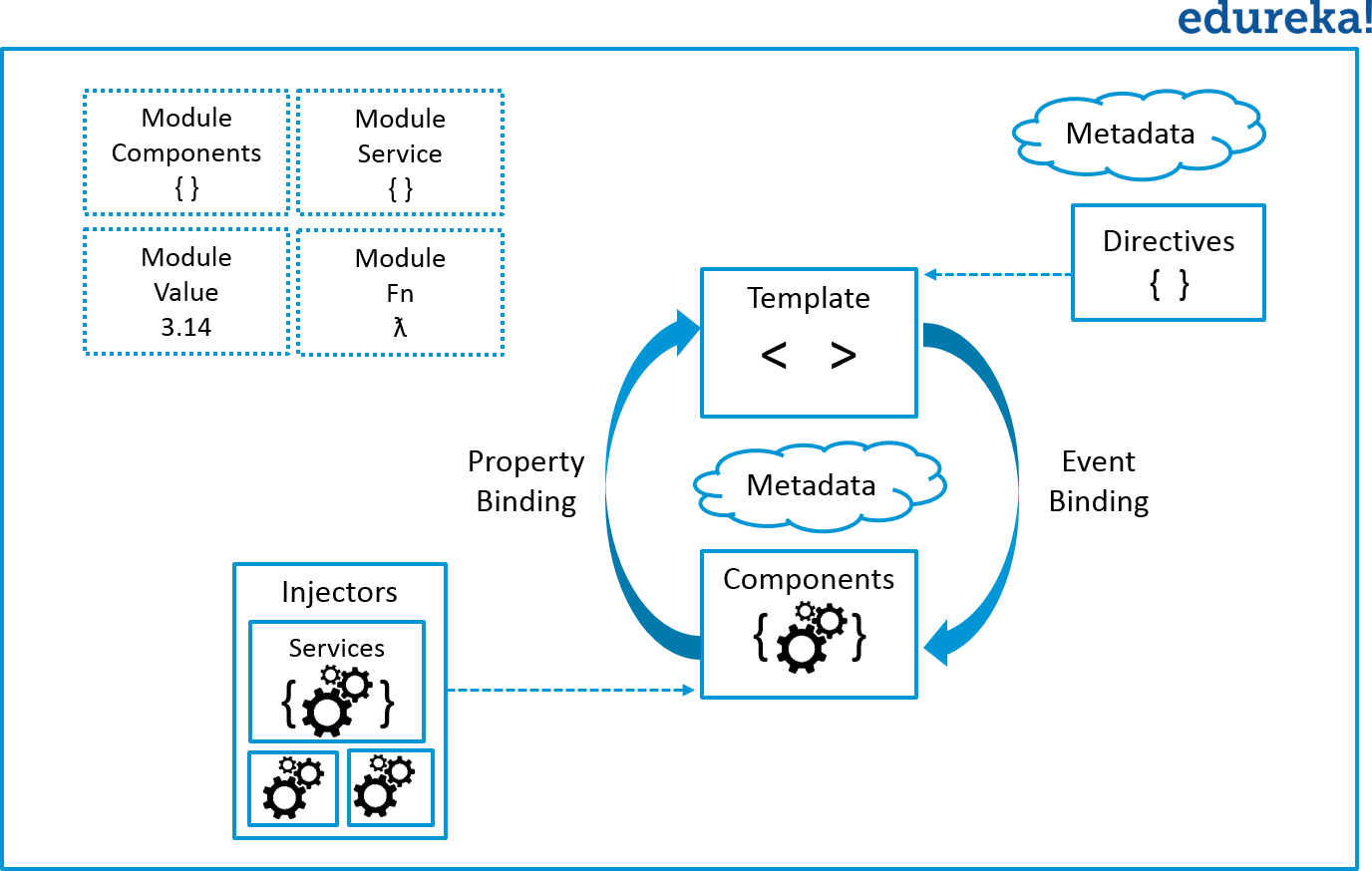

In the meantime, we receive a new major release every 6 months – as of May 2021, v12 is the current version.Īngular recommends the use of TypeScript, which offers other advantages besides type safety, such as generics, reflection, enums, and decorators.TypeScript is a superset of ECMAScript, but it has also evolved steadily in recent years. In December 2015 the first beta version was released and in May 2016 the first release candidate arrived.
has a huge community where every person feels welcome.Īngular 2 was announced in September 2014 and caused controversy in the community. provides the highest user experience for its users. developers love to develop web applications with. Angular Core developer Igor Minar articulated the vision behind it as follows: Angular is intended to be a platform that… It was created by several development teams at Google and a community of individuals and published as open source software. While migration tools can help, it usually reduces the effort significantly if you develop the AngularJS application from scratch in Angular.Īngular is a platform for developing performant, efficient, and complex web applications. In summary, it’s simply wrong to say that Angular and AngularJS are actually the same framework and that an AngularJS application could be easily migrated to Angular. Also, handling asynchronous tasks was mostly based on Promises in AngularJS, whereas Angular relies entirely on the RxJS library, which implements the Observable pattern. Where applications in AngularJS were still implemented in JavaScript, Angular recommends the use of TypeScript. Angular was written from scratch as a successor to AngularJS and differs in many ways: In AngularJS, applications are subdivided into modules such as templates, controllers, scopes, and providers, only parts of which can be found in an Angular application – although Angular still has something like templates and providers. 
Distinction from AngularJSīefore we look at Angular in detail, we should understand the differences with AngularJS.


But for now, we’ll take a look at what Angular actually is, explore the ecosystem, and get to know its individual components. Together, we’ll develop a small CRUD application and find out how we can implement user interactions, data queries to an HTTP server, and forms with Angular. But what exactly is Angular and what are the advantages and disadvantages of this solution? And wasn’t there once AngularJS? In this series of articles about Angular, I would like to introduce you to the framework’s concepts and tools.








 0 kommentar(er)
0 kommentar(er)
